Stirling Engine
R&D, Manufacturing, Integration, Installation And After Sales Services
What is a Stirling Engine?
Stirling Engine
Stirling Engine is an external combustion heat engine converts heat into usable energy through the expansion and contraction of air or another gas. Unlike car engines (internal combustion), it has an external heat source, allowing it to run on waste heat from things like gas combustion, flue gas, flares etc. It’s known for being efficient, quiet, and adaptable to various heat sources, making it a strong contender for clean energy generation.
Advantages Of Stirling Engines
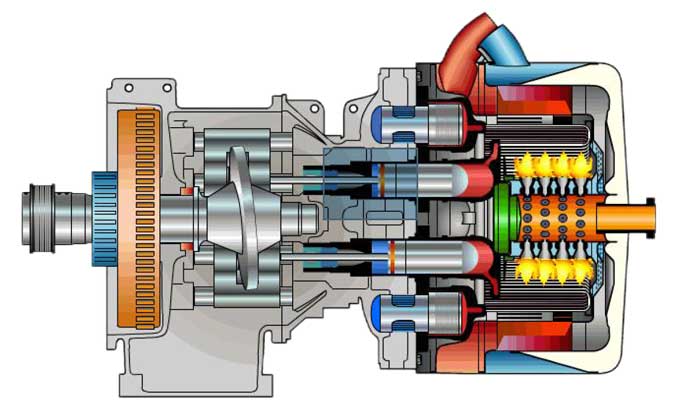
FUEL AND HEAT SOURCE VERSATILITY
It can operate using various fuels, heat carriers, and heat sources, including nuclear reaction heat, solar energy heat, chemical reaction
SIMPLE STRUCTURE
It has a straightforward design with fewer parts compared to internal combustion engines, comprising only about 40% of the parts of such engines.
TRIGENERATION CAPABILITY
It can produce heat, electricity, and cold simultaneously, enhancing its versatility.
LOW NOISE
During operation, it produces minimal noise, lacking the loud blasts and knocking sounds often associated with other engines.
WIDE RANGE OF APPLICATIONS
The Stirling engine finds diverse applications across various industries due to its fuel adaptability and modular design.
Sources
Heat Sources For Stirling Engine
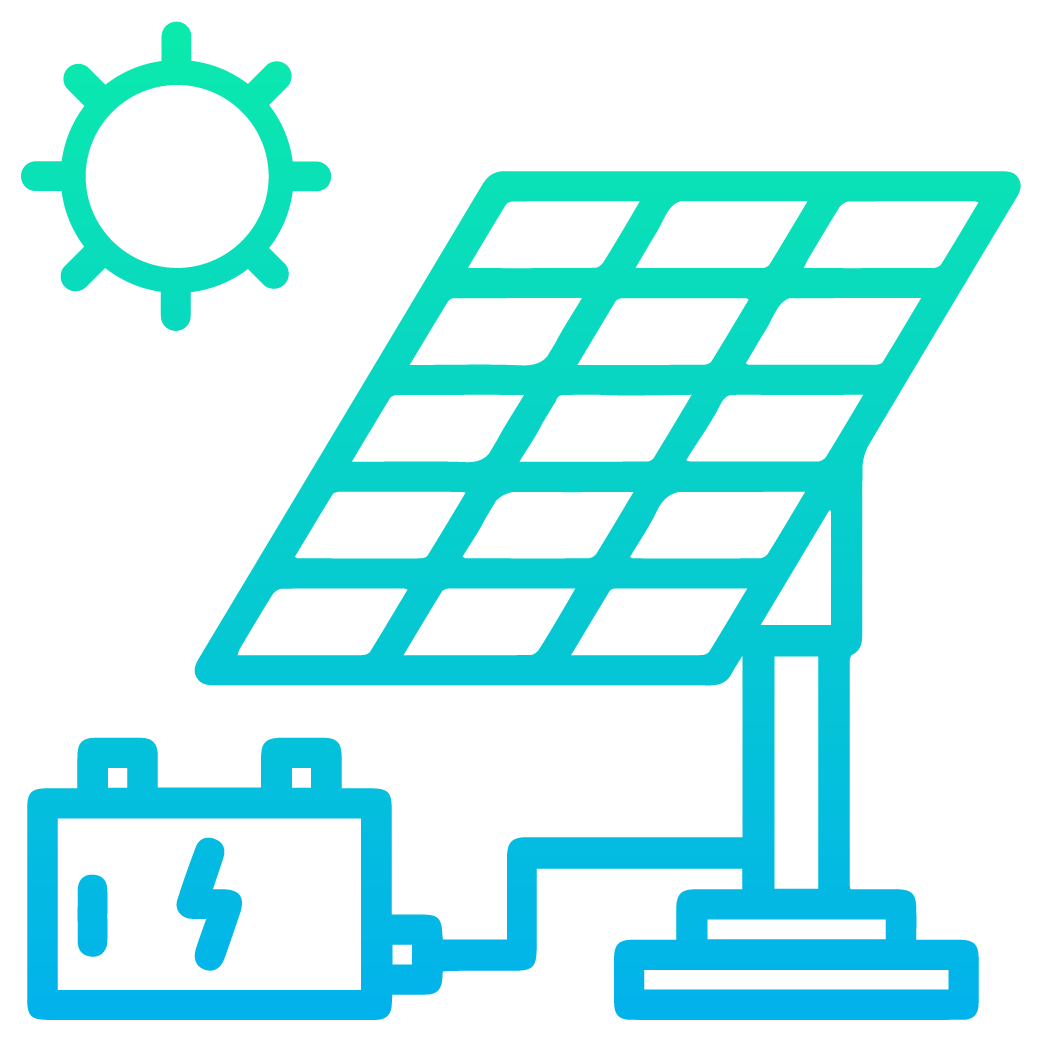
Solar Heat, including direct solar heat, stored solar heat

Combustible gas, including natural gas, coal gas, syngas, hydrogen, associated gas etc
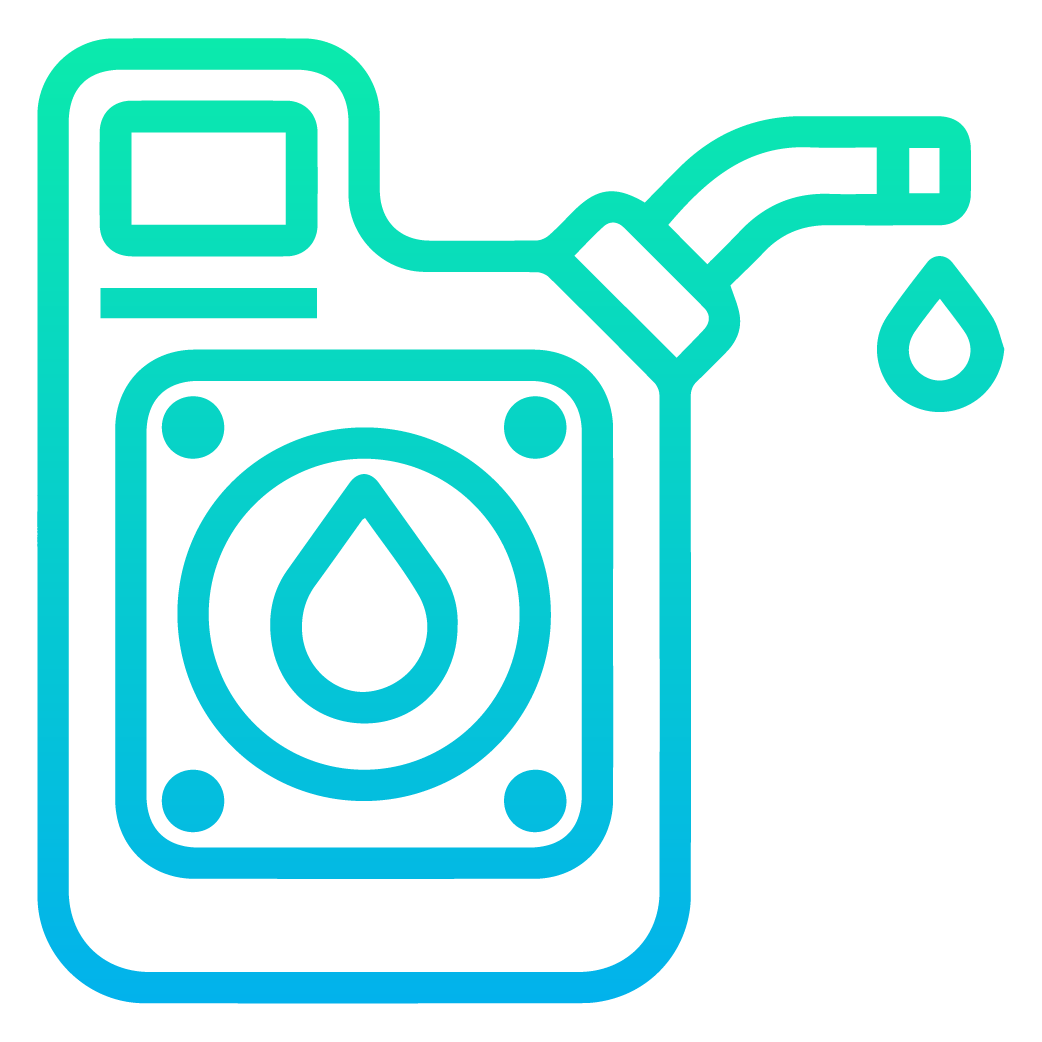
Fuel oil, including diesel, gasoline, heavy oil, etc
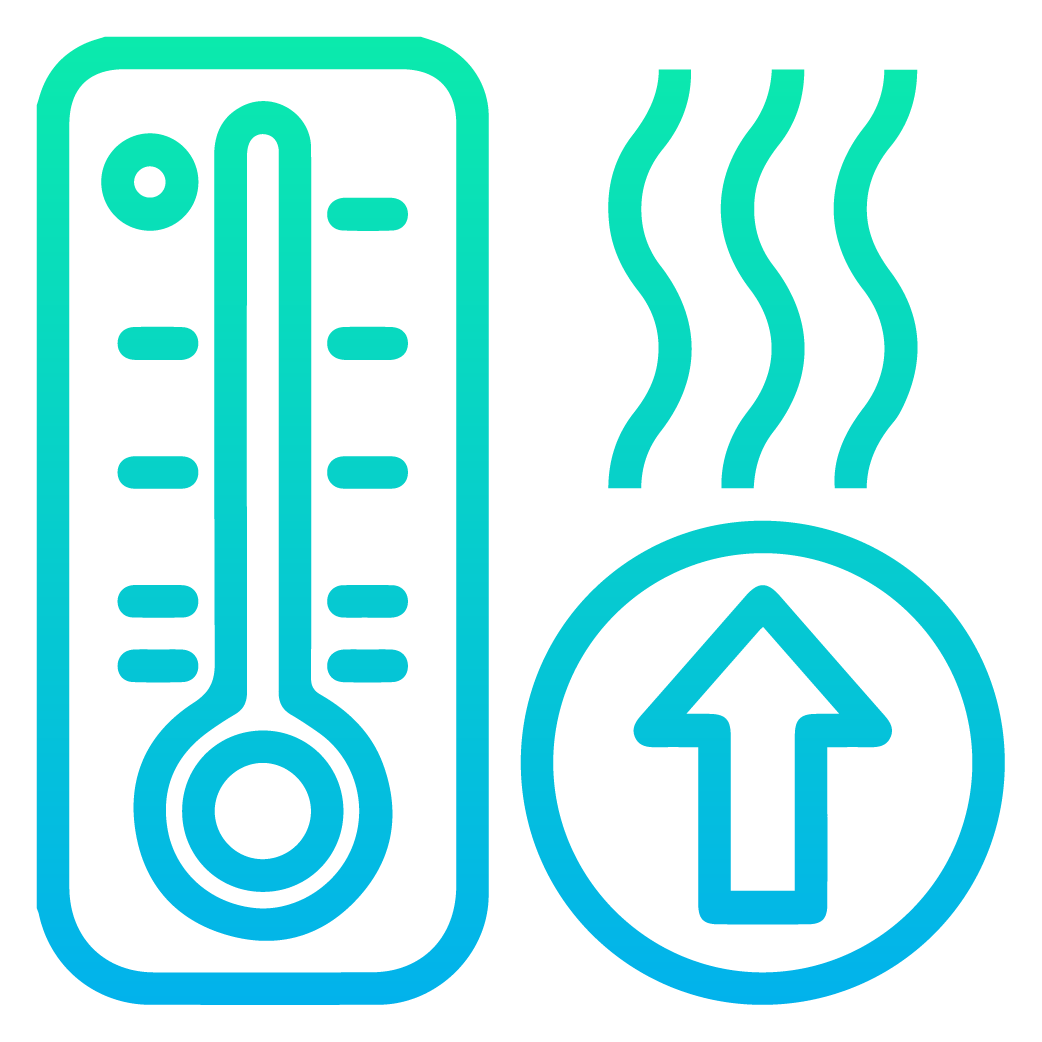
Hot gas, including hot air or chemical reactions

Hot exhaust gas, including from incineration, waste heat
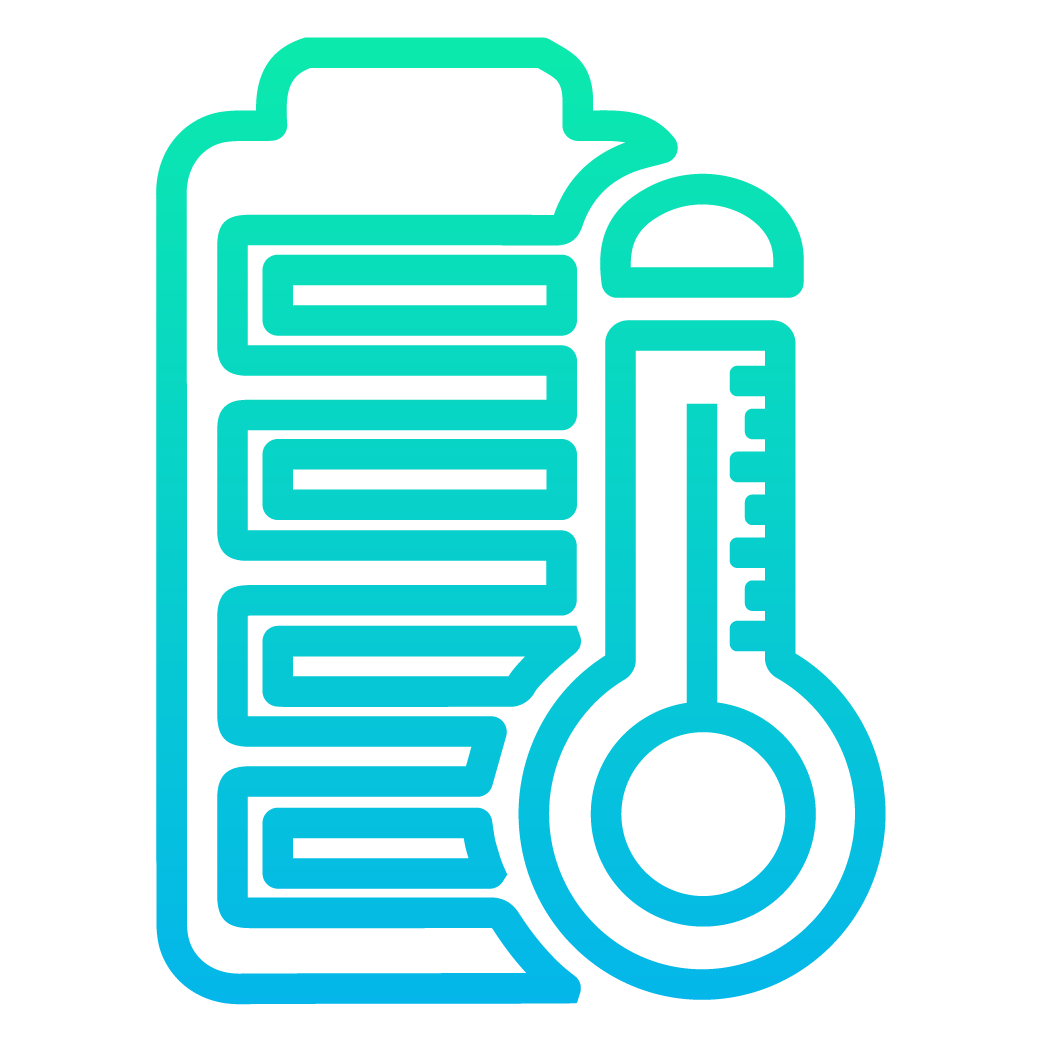
Heat from storage medium, including hot oil, ceramic etc
Comparison of Stirling Engine vs. Steam Turbine Gas Turbine and Internal Combustion Engine
| Item | Gas-fired Stirling Engine | Steam Turbine | Gas Turbine | Internal Combustion Engine |
|---|---|---|---|---|
| Noise | Low No detonation | High | High With detonation | High With detonation |
| Function | Tri-generation of heat, power and refigeration | Cogeneration of heat and power | Cogeneration of heat and power | No CHP |
| Fuels | Applicable for various external heat sources | Applicable for various external heat sources | Strict requirement on the fuels, allowing no content of corrosive composition | Strict requirement on the fuels, allowing no content of corrosive composition |
| Energy Conversion Process | Chemical energy (combustion)
| Chemical energy (combustion, high temperature)
| Chemical energy (combustion)
| Chemical energy (combustion)
|
| No-load Loss | Extremely low | Low | High | High |
| Overall Efficiency | High | Low | Relatively high | Low |
| Ancillary Facility | No | Boiler | No | No |
| Power Density | Large | Small | Relatively large | Relatively large |
| Maintenance | Simple (capable of unattended operation) | Medium | Relatively difficult | Medium |
| Requirement on the configuration of kinetic (energy) | Applicable for various energies (Including fuel gas, fuel oil, hot gas, hot air, exhaust gas, biogas, associated gas) Direct utilization without any conversion | All types of heat sources and energies must be converted into steam energy from water with low energy utilization rate | All energies must be converted into hot air of high cleanness before being converted into mechanical energy | Only applicable for gaseous fuels |
| Power Configuration | Flexible; applicable for wide range of installed capacity from small sized distributed power station to large scale power plant | Large power, only applicable to large power plant | Power of single unit is relatively large, which is not suitable for building distributed power station | Medium |
| Auxiliary Materials | No | Large amounts of water | No | No |
Projects
Application
Renewable Energy Generation
Sustainable and Efficient Energy Generation,
Production of Bioproducts
Sustainable Solutions for a Better Future
